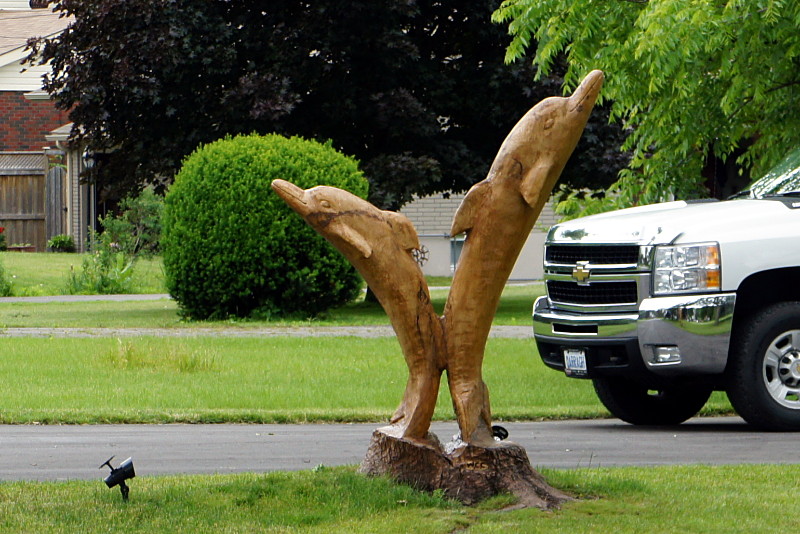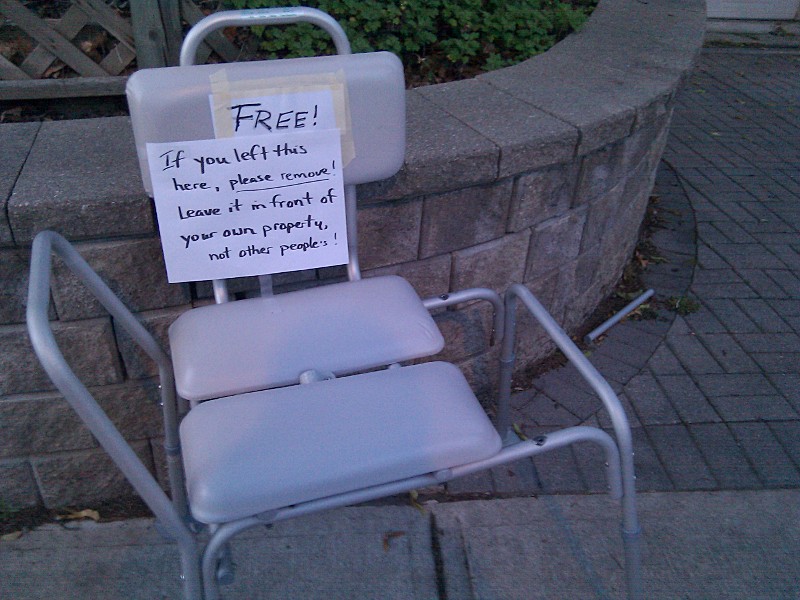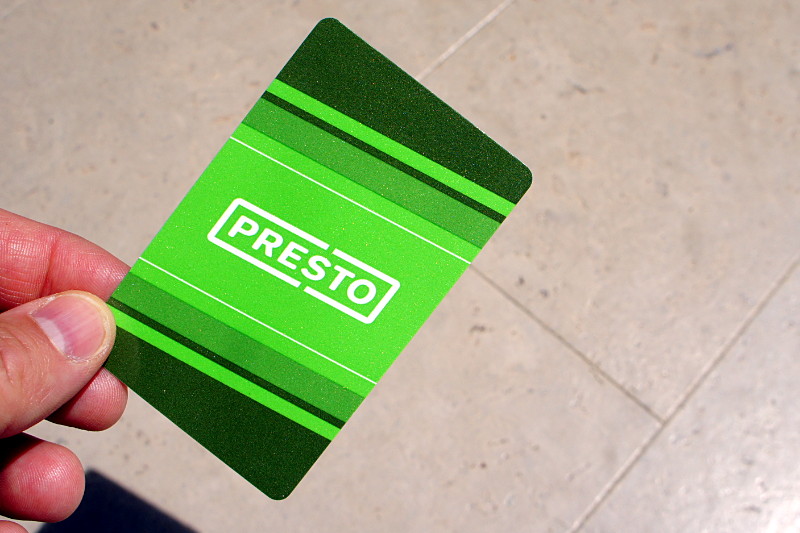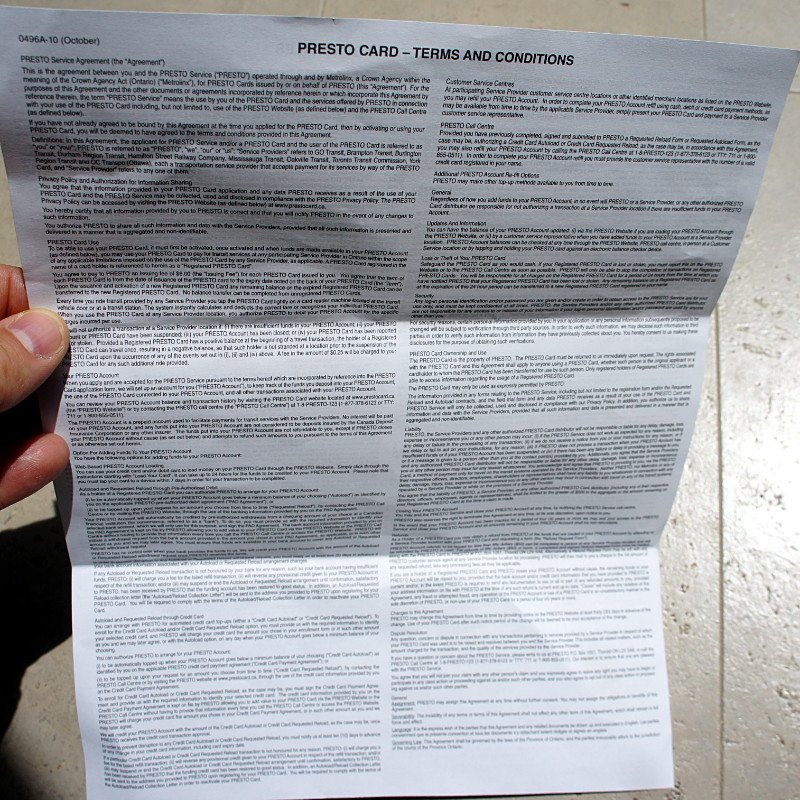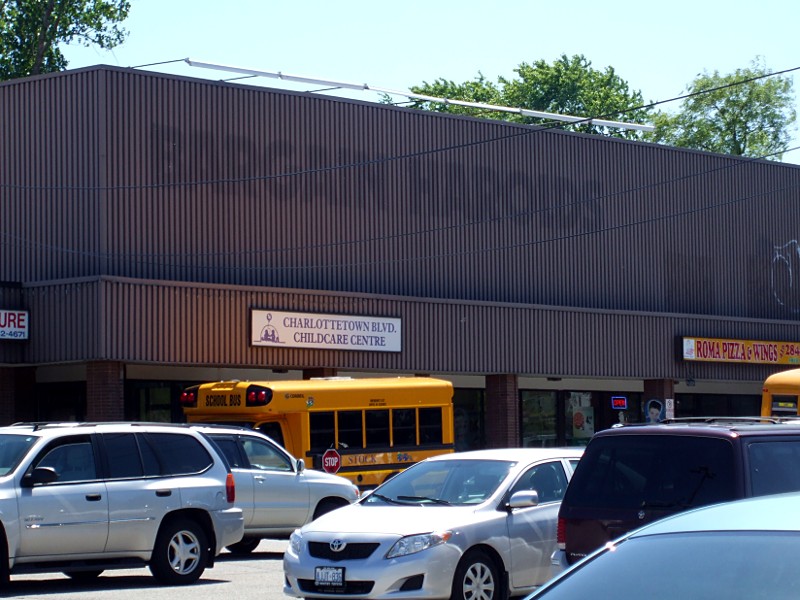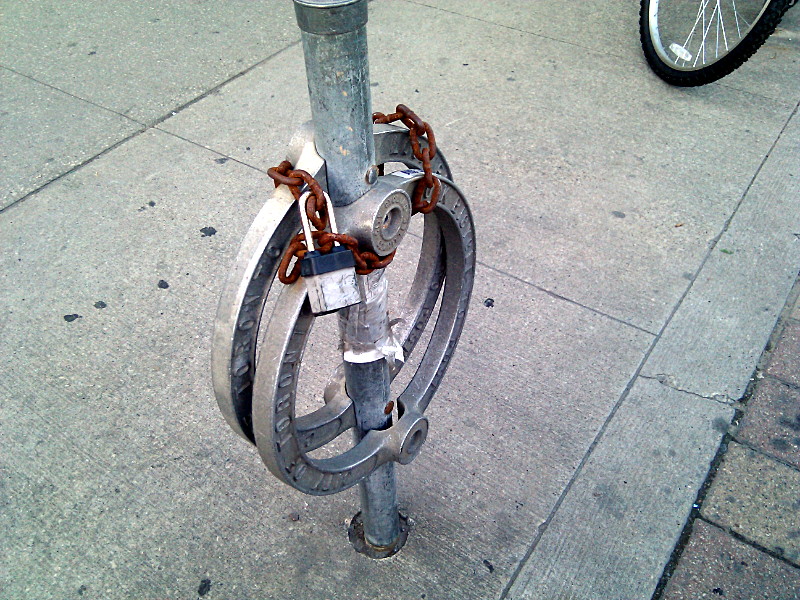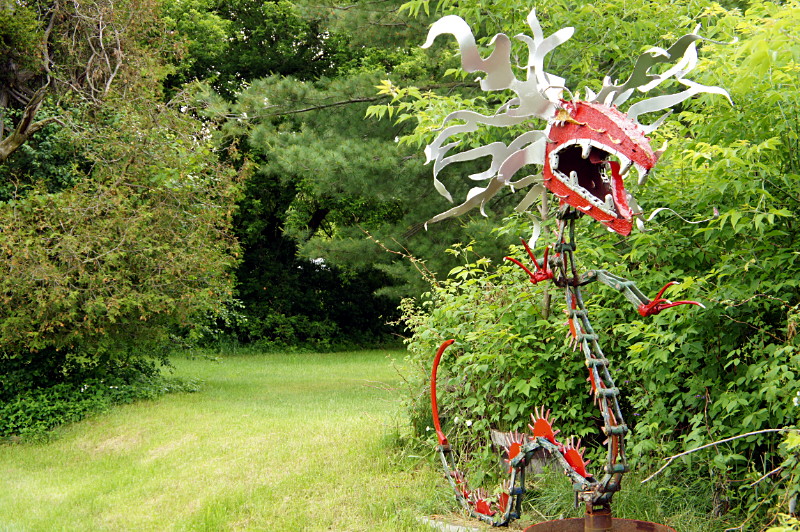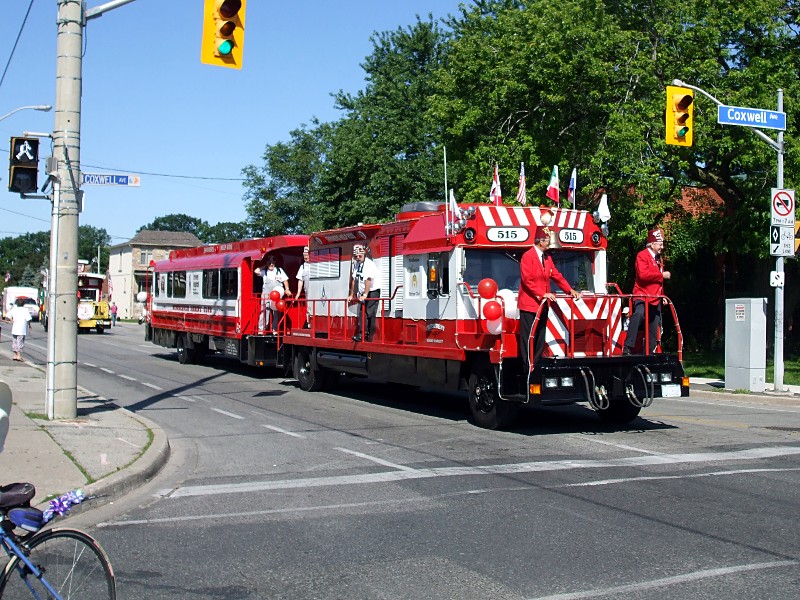
People call me all the time and tell me that they want parades with Shriners. Shriners, Shriners, Shriners. It's all about Shriners. They don't want those damn Rotarians clogging up the street.
So according to the Star, Mayors Ford said on their radio show yesterday that they’d like to have a Canada Day parade in Toronto. I think that’s a great idea. In fact, it’s such a great idea that not only has someone else already thought of it, but they’ve been running the parade every year for more than fifty years. And sure enough, the East York Canada Day parade will be winding its way through the streets once again on Sunday. Not only does the event already exist, but Ford should know about it: he was there two years ago, despite his claim to have spent every Canada Day since 1867 at the cottage.
But just for laughs, I’d love to see a parade organized by Ford’s office. I imagine that the procession would be made up of developers, high school football players, and police in riot gear. All floats would be subway cars. Organization would consist of slapping up a crappy website and putting up a sign at Deco Labels inviting everyone to the celebration. The parade would be held in a park because streets are for cars. Giorgio Mammoliti would take video of all attendees to ensure that no one is misbehaving and/or naked. Of course, the parade wouldn’t cost taxpayers a penny because private sector partners are lining up around the block to pay for it. Ford couldn’t tell us who, but trust him, there are dozens of sponsors all frothing at the mouth to spend the money. After hearing that community groups were planning to show up and celebrate, Ford would take to Facebook and his radio show to beg Ford Nation to show up and drown out all the pinko fascist commies. And, of course, Ford himself would miss the entire spectacle: he’d be at the cottage.

